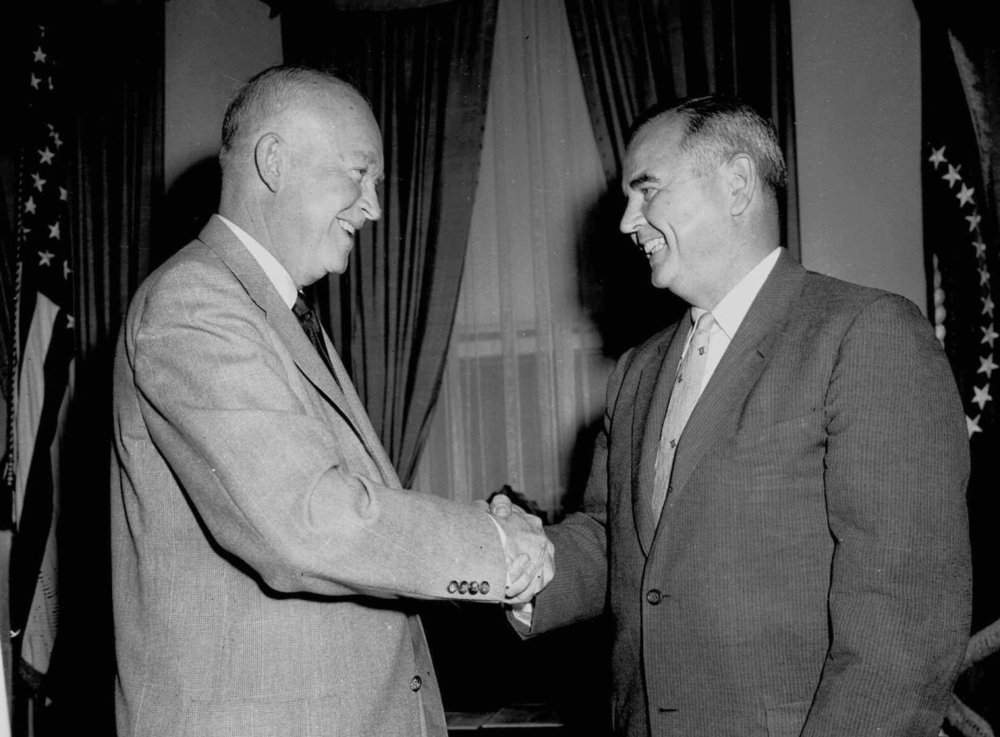The Article III Response

I have a piece up at NBC News about Senate Republicans declaring that they’ll fill a Supreme Court vacancy that emerges, even if it happens after Trump has lost his re-election bid but before noon on January 3 (or January 20 in the increasingly unlikely event in which they retain control of the Senate.) Since I’ve already talked about Federalist court-packing and the nuclear response from Jefferson, let me alert you to an extremely specious “precedent” Republicans will be sure to bring up:
Legally, of course, nothing prohibits Senate Republicans from confirming a nominee anytime before the next Congress takes over on Jan. 3, 2021 — and last-minute appointments are not entirely unprecedented. Should a vacancy arise for them to fill, Senate Republicans are sure to counter any criticism by invoking the nomination of Justice William Brennan, who President Dwight Eisenhower placed on the court via a recess appointment less than a month before Election Day in 1956.
But Brennan’s situation was different: Not only was he a recess appointment and confirmed by the next Senate, but Eisenhower was an extremely popular president cruising to a second landslide victory over the hapless Democratic nominee, Adlai Stevenson. (By comparison, current polling shows Trump trailing Biden by nearly double-digit margins.)
Most important, though, Brennan was a moderate Democrat nominated by a Republican president and a justice who would prove to be the heart of the Warren Court’s liberal wing; Trump is more likely to give a life-tenured appointment to an orthodox Republican justice.
Making William Brennan a recess appointment was pretty much the opposite of constitutional hardball; it was a president who placed a low priority on the court making a nomination to appeal across the aisle (and to a swing religious minority) to try to win re-election. Its relevance to Trump giving a life-tenured nomination to Noemi Rao is less than none.
There have been three occasions in which the Supreme Court faced an existential threat — early in the Jefferson administration, the Civil War/Reconstruction, and the New Deal. In the first two cases the majority coalition used Article III tools to go after the courts; in the last one Congress engaged in jurisdiction-stripping and threatened (and nearly executed) court-packing. In all three cases the Court preserved itself by backing down. In this political context, a Court with Neil Gorsuch as the median vote is much less likely to engage in tactical retreat, and Dem majorities need to be prepared. The good news is that a wave election will make it much easier to hold the Senate and House in 2022 than it was in 2010.


